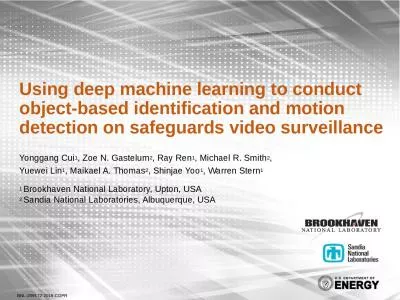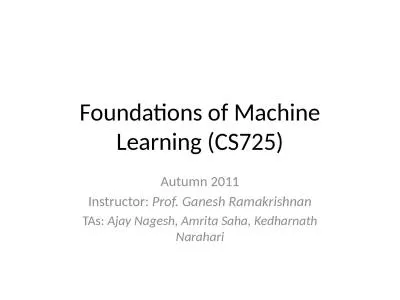PPT-Exploiting Machine Learning to
Author : jane-oiler | Published Date : 2016-07-22
Subvert Your Spam Filter Blaine Nelson Marco Barreno fuching Jack Chi Anthony D Joseph Benjamin I P Rubinstein Udam Saini Charles Sutton JD Tygar Kai
Presentation Embed Code
Download Presentation
Download Presentation The PPT/PDF document "Exploiting Machine Learning to" is the property of its rightful owner. Permission is granted to download and print the materials on this website for personal, non-commercial use only, and to display it on your personal computer provided you do not modify the materials and that you retain all copyright notices contained in the materials. By downloading content from our website, you accept the terms of this agreement.
Exploiting Machine Learning to: Transcript
Download Rules Of Document
"Exploiting Machine Learning to"The content belongs to its owner. You may download and print it for personal use, without modification, and keep all copyright notices. By downloading, you agree to these terms.
Related Documents

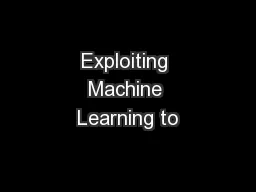
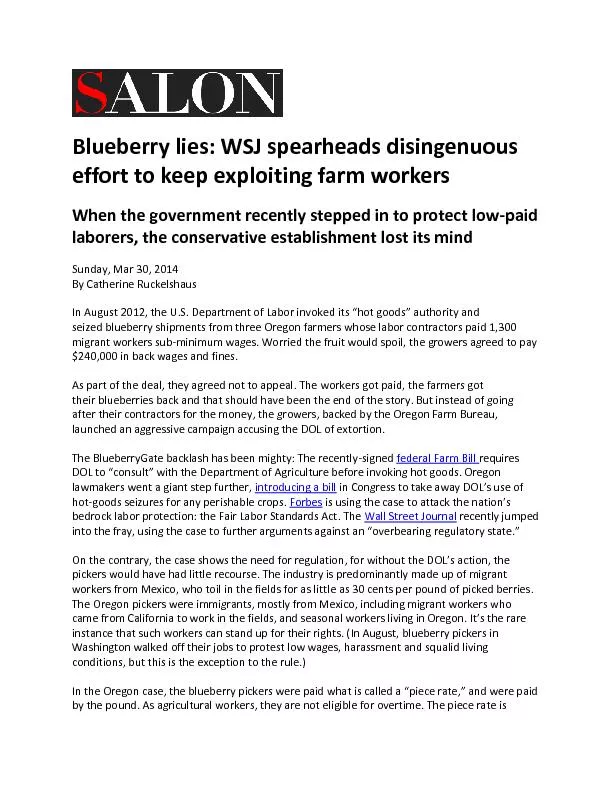




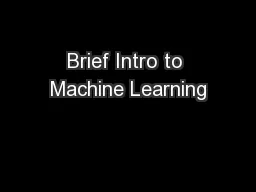
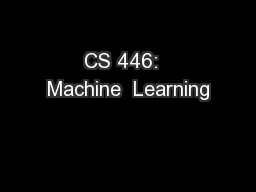
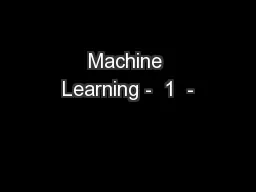
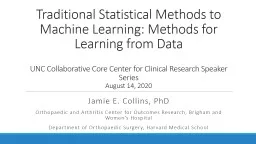
![[READ]-Machine Learning: Two-Book Bundle: Machine Learning: Master the Three Types of](https://thumbs.docslides.com/986795/read-machine-learning-two-book-bundle-machine-learning-master-the-three-types-of-machine-learning-hacking-computer-hacking-mastery.jpg)
